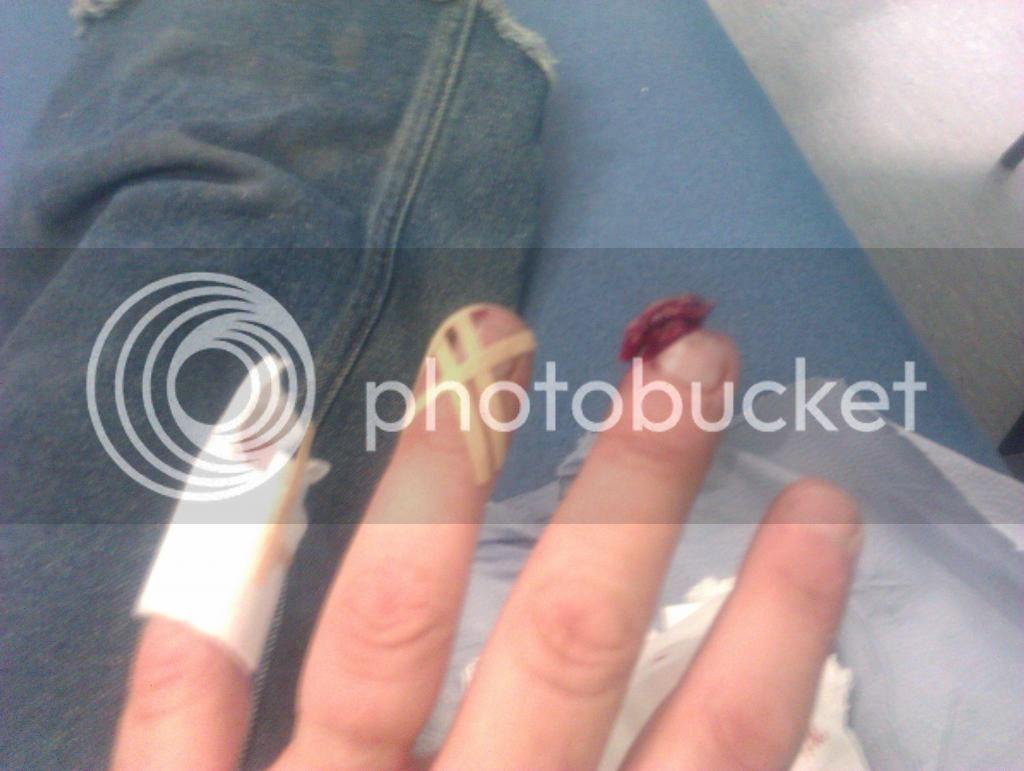Jacob
New Luddism. Awake and resist!
I copy the shape in 1/2" ply which is more grippy, and you are right - one is no good - I always use 2 - one pressing in, the other down, both pushing along. Seems to work OK.Sgian Dubh":1y5hi43b said:You can't be serious can you Jacob? The push stick type in the photograph you posted are suitable for feeding a rip saw, and inappropriate for surfacing. How do you use a bird's mouth push stick effectively on the outfeed side? The answer is you can't because there's little or no friction with which to push the wood. We admonish people we occasionally find using that kind of push stick on a surface planer - they don't do it more than a couple of times before they get the message. Slainte.Jacob":1y5hi43b said:
2 push sticks until you reach the guard. One push stick over, then the other. Smooth and continuous. Just as you would do it with your hands but safer.
Except sometimes hands only, if its really safe - big pieces etc, or hand on the outfeed and push stick pushing on the infeed. Gloves are good for grip (and splinters) but yes if you don't do it carefully they are a risk
Plastic is no good as it's slippery and also can shatter if you nick it. If you nick a wooden one you most likely get a clean cut and can trim it again if necessary. Or you can trim the birdmouth for thinner stuff etc etc or attach a bit of rubber if you need to.
PS come to think - it did take a bit of practice but now it's my normal way and no problem, in fact better than other ways irrespective of the added safety. Practice practice!!






